Unlocking the Mystery of Pentavalent Antimony: Comprehensive Detection Guide
Overview
Pentavalent antimony, commonly found in industrial processes and environmental samples, has drawn significant attention for its unique properties and potential applications. Accurate detection and analysis of pentavalent antimony are crucial for maintaining safety and ensuring compliance with environmental standards. This article delves into the science behind detecting pentavalent antimony, offering a clear roadmap for professionals in the field.
Sample Preparation for Detection
Effective detection of pentavalent antimony begins with proper sample preparation. Common sources include **industrial wastewater**, **soil samples**, and **biological materials**. Samples should be collected in contamination-free containers and stored under conditions that prevent oxidation or reduction of antimony species. **Acid digestion**, a widely used technique, ensures uniformity and prepares the sample for further analysis.
Key Detection Parameters
Detection focuses on several crucial parameters, including:
- Concentration Levels: Measuring trace amounts of pentavalent antimony down to parts per billion (ppb).
- Speciation: Differentiating between pentavalent and trivalent antimony to understand their distinct behaviors.
- Matrix Effects: Analyzing the influence of other substances present in the sample.
Accurate measurement of these parameters is essential to assess environmental impact and adhere to regulatory guidelines.
Analytical Instruments for Detection
The selection of analytical instruments plays a pivotal role in detecting pentavalent antimony. Commonly used equipment includes:
- Inductively Coupled Plasma Mass Spectrometry (ICP-MS): Offers high sensitivity for trace analysis.
- Atomic Absorption Spectroscopy (AAS): Ideal for determining metal concentrations with precision.
- High-Performance Liquid Chromatography (HPLC): Often coupled with ICP-MS for speciation studies.
These instruments, combined with proper calibration and quality controls, ensure reliable results.
Detection Methods
Several methodologies are employed for pentavalent antimony detection:
- Hydride Generation: Enhances detection limits by converting antimony into its gaseous hydride form.
- Colorimetric Analysis: Utilizes reagents to produce color changes indicative of antimony presence.
- Electrochemical Techniques: Measures redox potentials to quantify pentavalent antimony.
Method selection depends on the sample type, required sensitivity, and available equipment.
Conclusion
The detection of pentavalent antimony is a sophisticated process requiring meticulous attention to sample preparation, choice of instruments, and analytical methods. By understanding the intricacies of each step, professionals can ensure precise results that drive scientific discovery and environmental safety.
结语
以上是关于Unlocking the Mystery of Pentavalent Antimony: Comprehensive Detection Guide的介绍,如有其它问题请 联系在线工程师 。




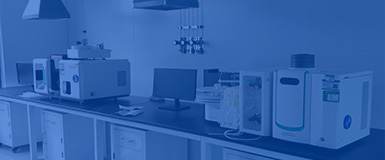
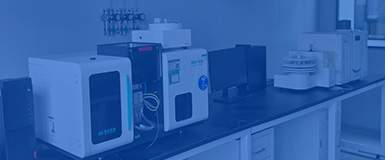
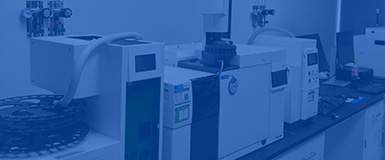

 第三方检测机构
第三方检测机构


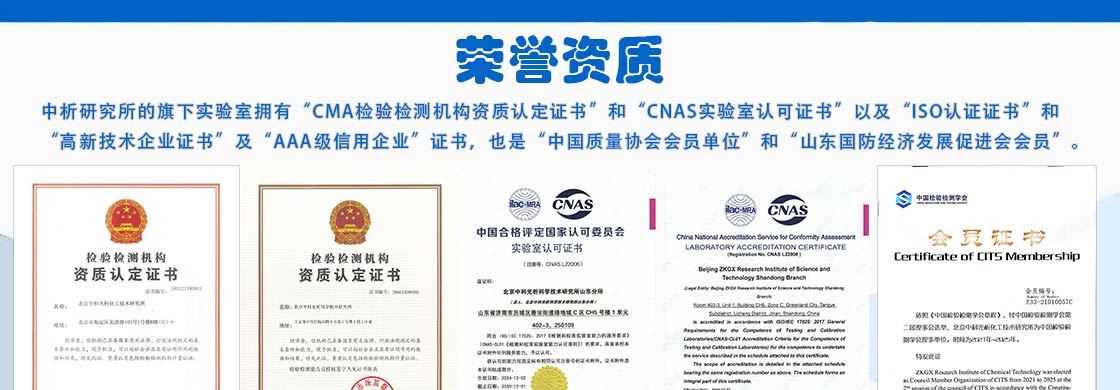
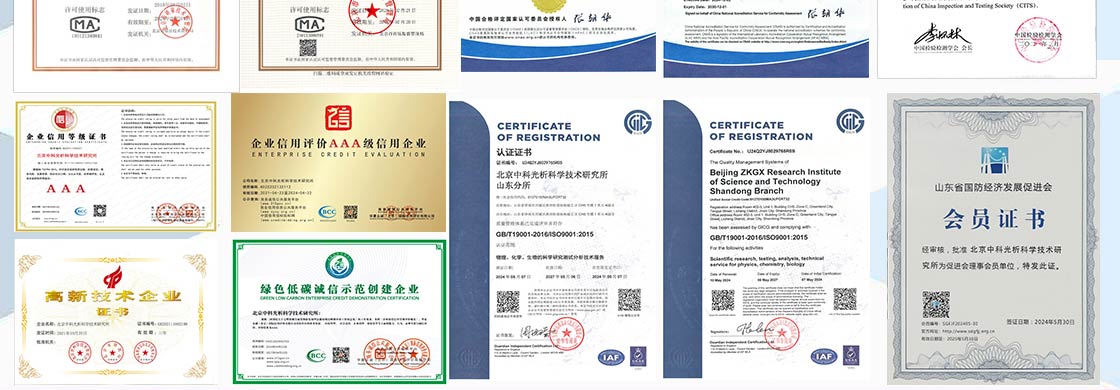

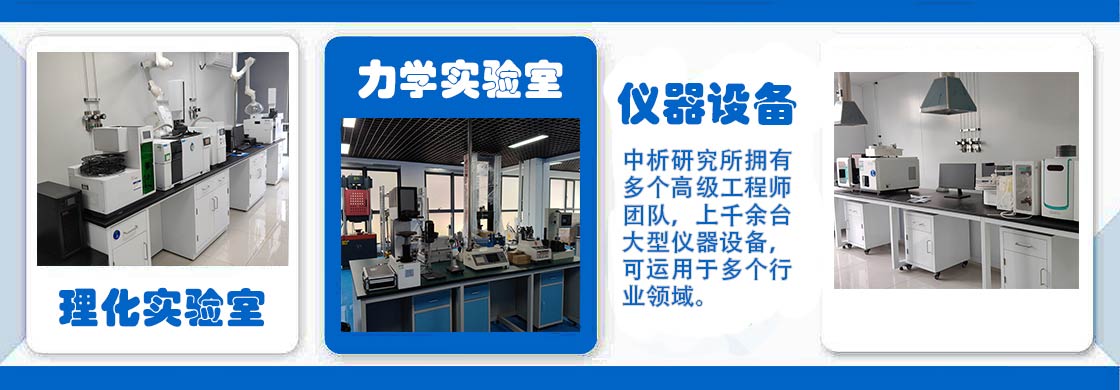
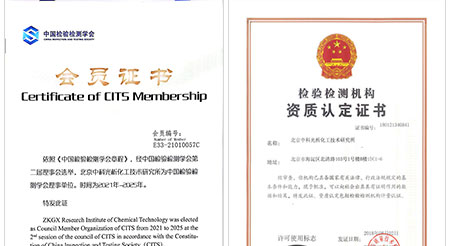
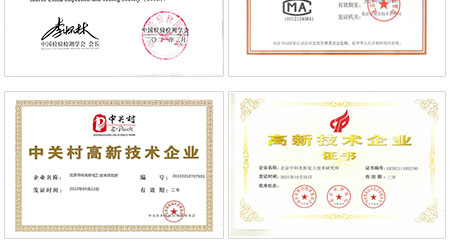



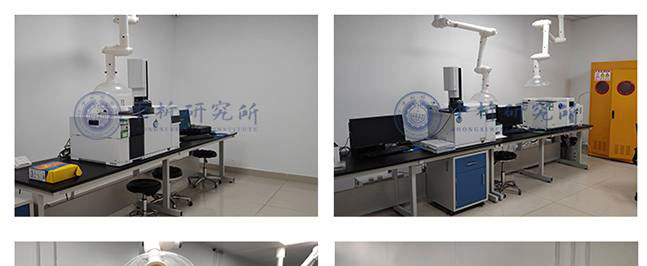
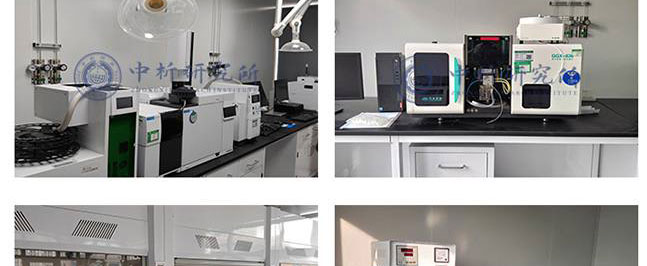
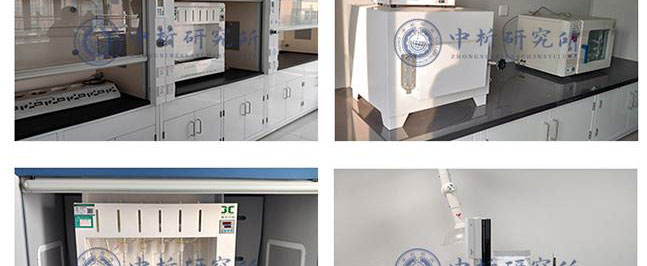
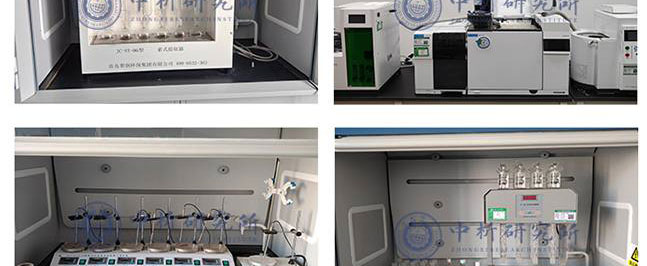
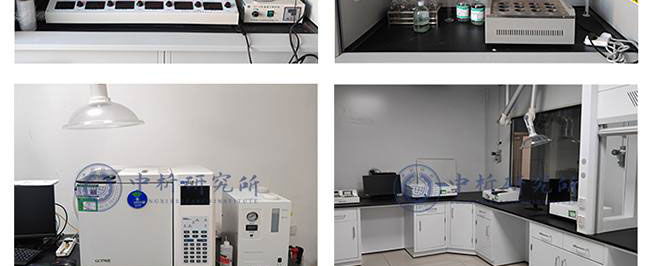
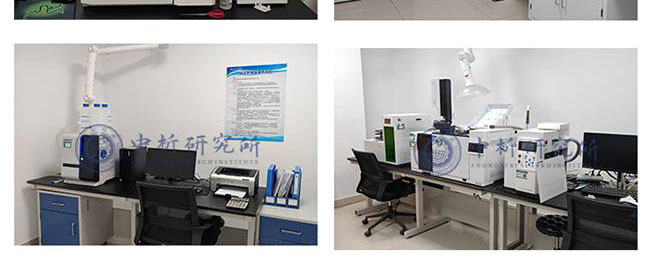




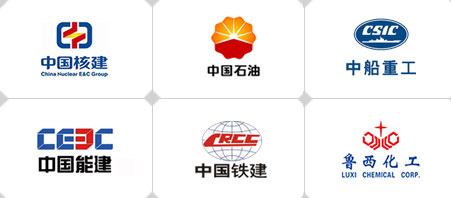
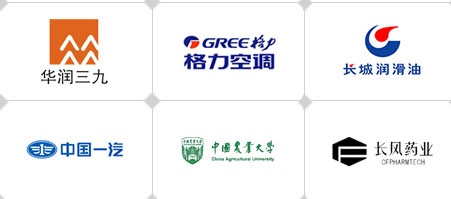
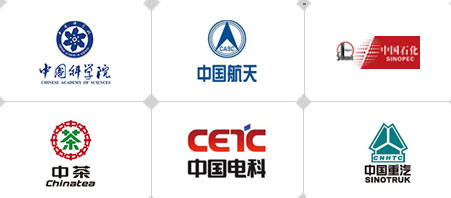










 备案号:
备案号: